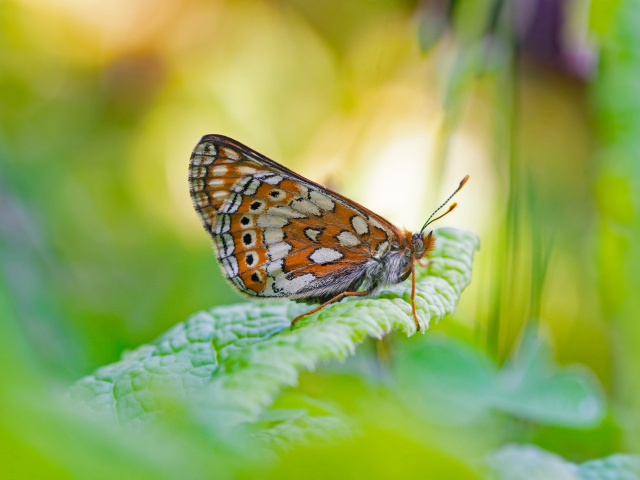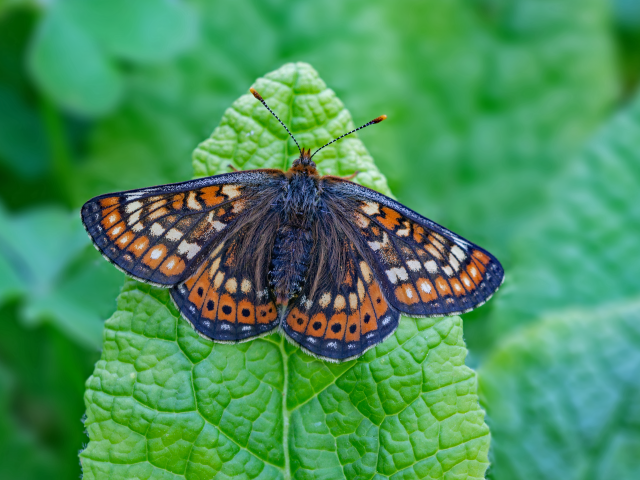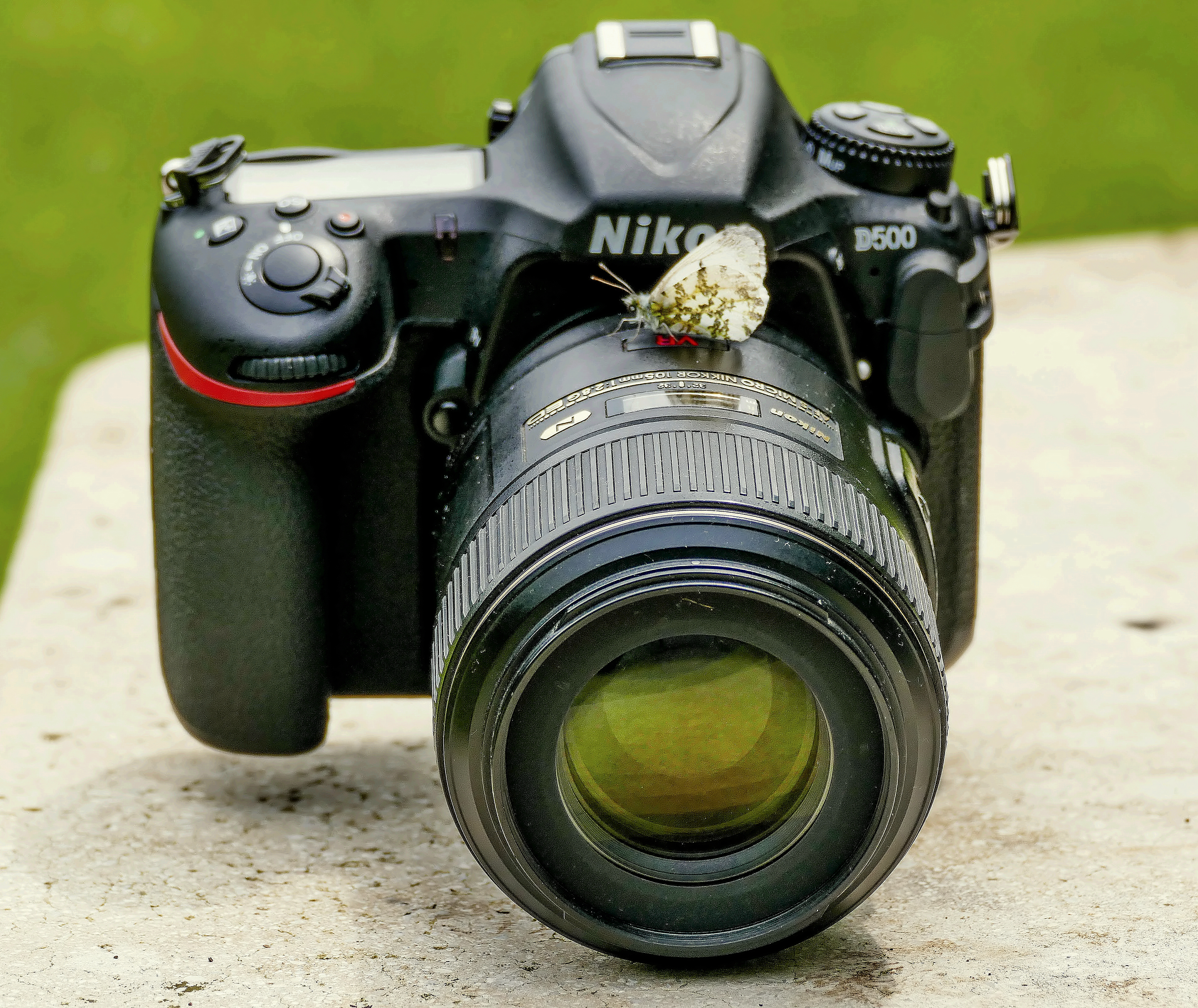Amateur wildlife photographer and Butterfly Conservation’s digital media expert Andrew Cooper explains why respecting the environment is so important when you are out trying to capture that perfect picture.
I have always been enthralled by wildlife and it was on summer walks with my Grandfather that I was taught to appreciate not only the importance of the natural world but the subtle beauty in everything it has to offer. Of all the different species, it was butterflies and moths that piqued our interest. I have many happy memories of us together, exploring woodland rides, flower-rich meadows and old country lanes to catch a glimpse of a vibrant Silver-washed Fritillary or perhaps an elusive White Admiral.
When my Grandfather was young, collecting butterflies and moths was commonplace, but thankfully technological advances have meant we can now capture the moment with a camera instead. To document the wildlife I saw, I was given my first compact camera for my twelfth birthday and I have been a keen amateur photographer ever since, although the equipment I use has evolved somewhat.
For those specialising in wildlife photography, such as myself, it is the delicate appearance and often eye-catching colours of butterflies, moths and their caterpillars, that make them an ideal subject.
Benefits of Photography

The dawn of digital cameras and mobile phones has not only popularised wildlife photography but has also made it accessible to many more people, which is important, as, for some, it can spark a life-long interest and appreciation for the environment.
Being out amongst nature with the camera is completely absorbing and for me, the thrill of finding a butterfly or moth that you've been dreaming of seeing for weeks is unmatched, a sense of overwhelming satisfaction and joy.
Butterfly Conservation President Sir David Attenborough once said that "watching butterflies is good for you" and I think the same can be said for photographing them. Simply being outdoors and immersing yourself in nature is not only relaxing and good for our wellbeing but can have a powerful, grounding effect too. Research from the mental health charity Mind indicates that being in nature can "help alleviate mental health problems like depression and anxiety".
The ability to capture a fleeting encounter can be particularly useful for identification. If you've found a butterfly or moth but don't know what it is, there is plenty of help online, you can even ask our social media team to help to identify wildlife from photos. Go a step further and to our knowledge by logging your sighting on our iRecord app or other recording schemes.
The use of images and video footage can also help to promote conservation messages and highlight the hard work being done to help protect unique ecosystems and the wildlife that depends on them.
So what's the problem?
Most people are very careful and respectful of the subjects they photograph, and almost no one sets out to cause deliberate harm - but sometimes, in the search for the perfect shot, or just through a lack of awareness, the mark can be over-stepped.
At the most popular sites, home to some of our rarest and most vulnerable species, this can be a big problem as delicate habitats have come under increasing pressure – inadvertent, no doubt, but the impact can still be significant.
Fortunately, any such damage is avoidable if we all follow a few golden rules.
Top Tips for Responsible Wildlife Photography

- Step Back - Extreme macro shots can bring out incredible details in a butterfly but getting too close can not only interfere with their natural behaviour but in the process, you could be trampling the plants they need to survive. Take a few steps back and appreciate the amazing wildlife from a respectful distance.
- Don't Rush - Take the time to soak in the amazing scenery around you. Butterflies and moths can be very active but if you're patient, they will often come to you.
- The bottom line and the most important rule of all is that the welfare of the subject comes first – if we keep that in mind, we can continue to enjoy photographing these beautiful insects safe in the knowledge that we aren’t doing anything to harm the prospects of the next generation.
We're not saying ‘don’t look at or photograph the wildlife’ because we absolutely want people to share our passion for the natural world and its future depends on that passion – it’s just a gentle reminder that as we do so we should all try to leave only the lightest of footprints.
For further guidance and details of protected species take a look at Butterfly Conservation's policy on photography.
Andrew Cooper
Follow me on Twitter: @AndrewCooperBC


